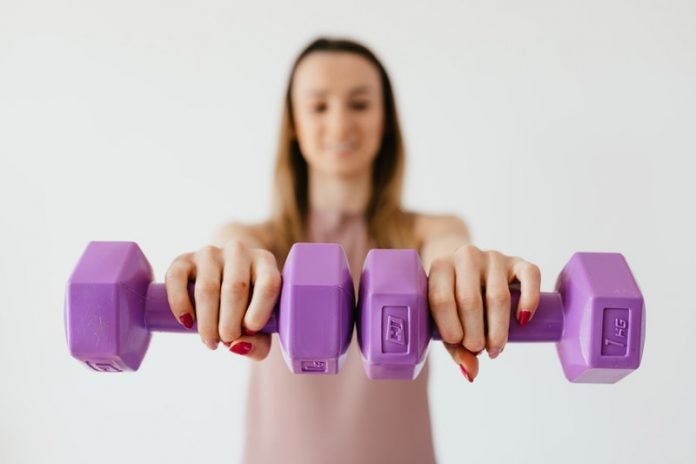
In a recent study published in JBMR Plus, researchers found that regular strength and impact-type training may decrease or even prevent age-related bone deterioration in men.
The finding emphasizes the importance of regular intensive training for maintaining bone health.
The study is from the University of Jyväskylä. One author is Tuuli Suominen.
Part of the age-related bone loss can be explained by reduced levels of physical activity. Especially intensive, bone-loading exercise typically decreases with age.
High-intensity strength, sprint and jumping training have beneficial effects on bone even in old age. However, the ability of such training to prevent or decrease age-related bone deterioration remains unclear.
In the study, links of regular strength and sprint training with bone aging were examined in a larger research program.
A total of 69 men aged 40 to 85 years participated in the follow-up part of the study. At the beginning of the follow-up, all the men were training and competing actively.
Tibial bone properties of the participants were examined by computed tomography at baseline and after 10 years.
The associations of the training status with the longitudinal changes in bone were examined in two groups: in athletes who had continued regular strength and sprint training and in athletes who had reduced their training load.
The team showed that regular strength and sprint training was linked to maintained or even improved tibial bone properties while in those athletes who had reduced their training load the bone properties declined over the 10-year follow-up period.
The positive effects of the training were most evident in trabecular bone density and in cross-sectional geometry of the tibial shaft, which supports the benefits of both impact-type training and strength training.
The team says although the intensive training of the athletes as such is not possible for all aging people, strength and power training is highly recommended at all ages, regardless of the functional status.
In the present study, the benefits of high-impact training were most evident among the middle-aged while strength training may be effective in preserving bone in older populations.
Muscle strength and power are highly important also in preventing falls and related fractures.
If you care about exercise, please read studies about you can burn more calories with this exercise and findings of this walking exercise could keep older people fit and health.
For more information about exercise and your health, please see recent studies about this common supplement may lower muscle soreness after exercise and results showing that no pain, no gain in exercise for this common artery disease.
Copyright © 2021 Knowridge Science Report. All rights reserved.



